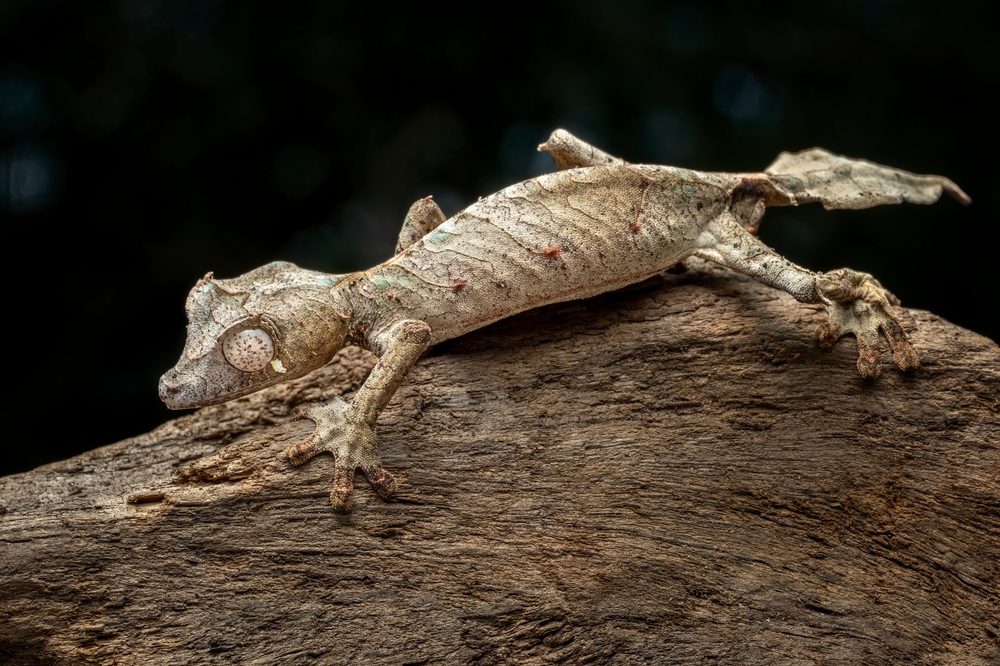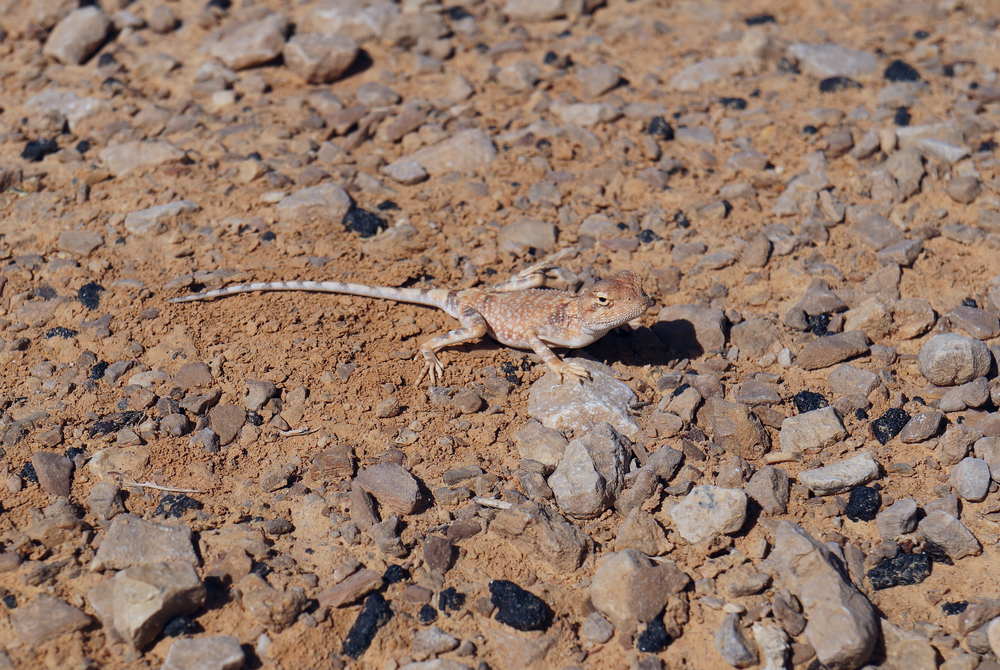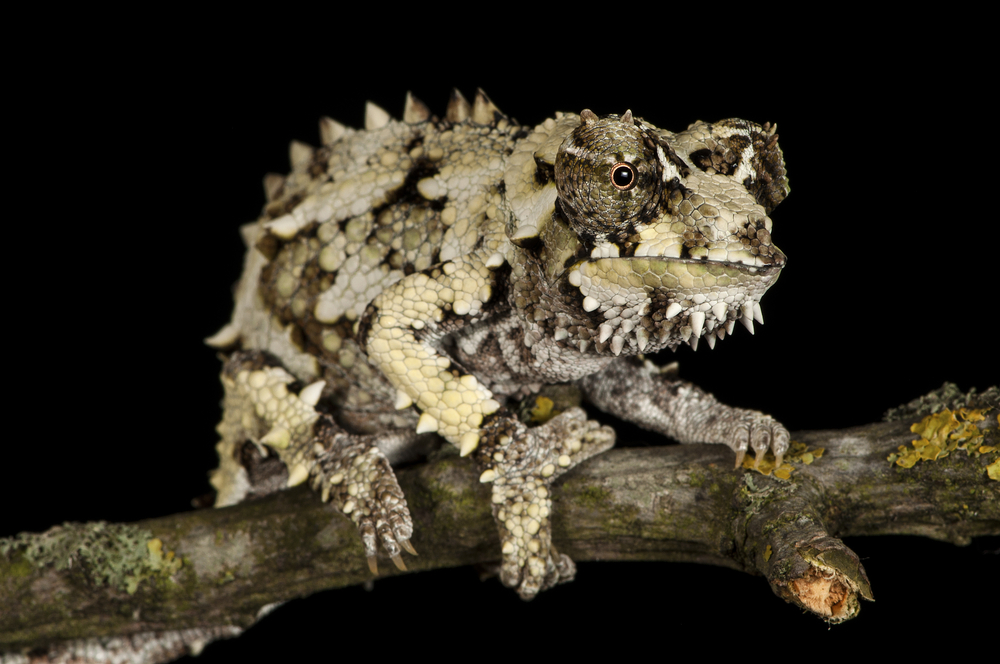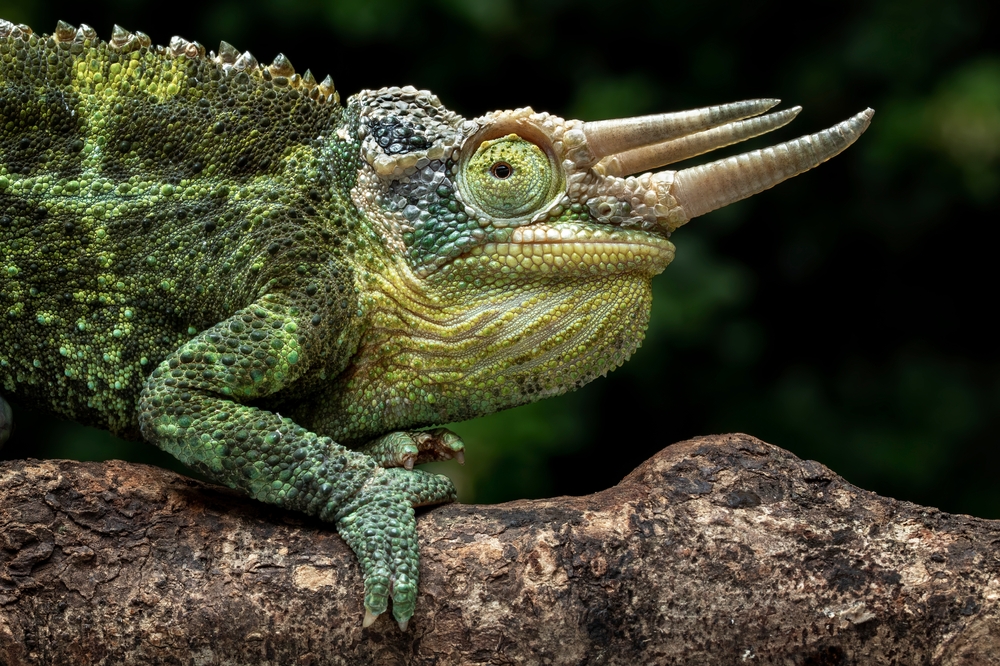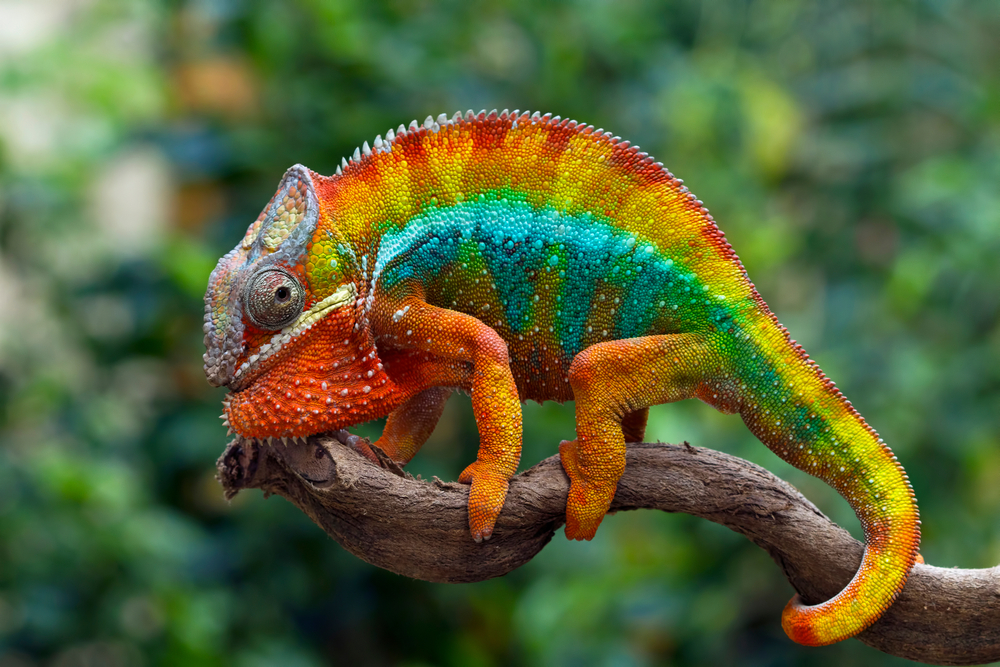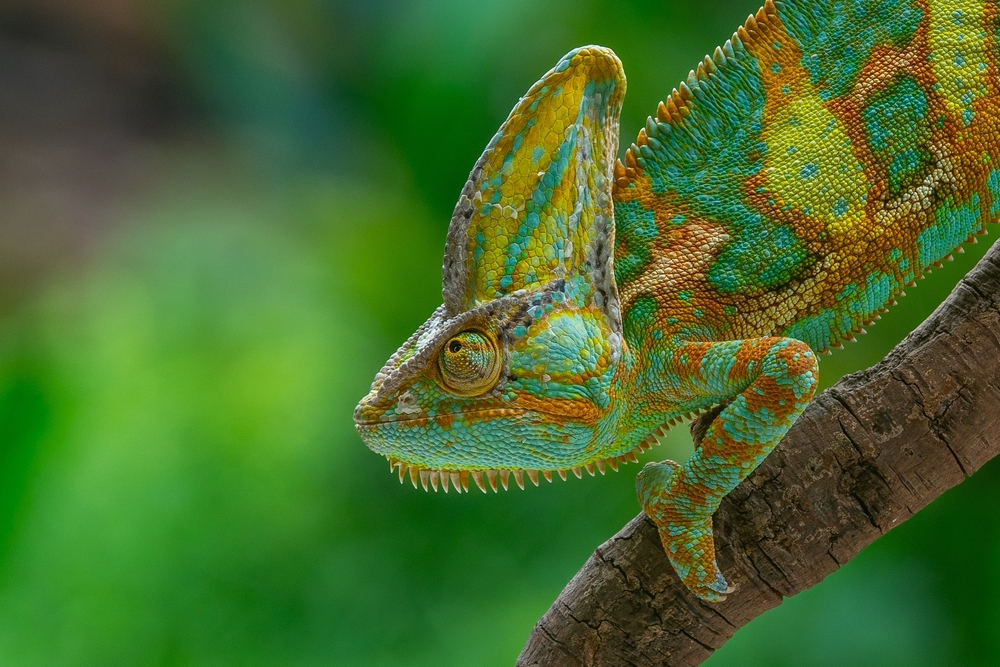Uniqueness
The Satanic Leaf-tailed Gecko is one of the most visually extraordinary reptiles in the world, renowned for its uncanny resemblance to a dead leaf. Its specialized camouflage, behavior, and anatomy place it among the most masterful mimics in the animal kingdom.
Leaf Mimicry at Its Finest:
This gecko’s flattened tail mimics a curled, rotting leaf, often complete with bite marks, holes, or torn edges. The body coloration, mottling, and even midrib-like markings along the spine resemble leaf veins. Some individuals look so much like dead foliage that they are nearly invisible even at close range.
Tail Like No Other:
Its tail is not only shaped like a leaf—it acts like one. When at rest, the gecko aligns its tail with leaves or bark to disappear completely. The tail also plays a role in defense, posture, and balance while climbing or evading predators.
Extreme Camouflage Tactics:
During the day, this nocturnal gecko presses its body flat against tree bark or leaf litter and closes its eyes, blending into the substrate. The flattened body and skin flaps along the jaw and torso eliminate shadows, making its outline even harder to detect.
Endemic to Madagascar:
Found only in the rainforests of eastern Madagascar, it thrives in moist, shaded environments filled with leaf litter and moss. Its survival depends on the microhabitat’s humidity, foliage, and stability, making it highly sensitive to deforestation and habitat loss.
Defensive Display Behavior:
When threatened, it may flash its mouth open to show a bright red or orange oral lining—a visual shock tactic to deter predators. It may also vocalize with faint squeaks or hisses, rare behaviors among geckos.
Miniaturized Master of Disguise:
Despite its small size (3–4 in), the Satanic Leaf-tailed Gecko rivals much larger species in evolutionary refinement. Unlike most lizards that rely on speed or armor, this species relies almost entirely on stillness and illusion.
The Satanic Leaf-tailed Gecko’s biological artistry, leaf-level camouflage, and mysterious demeanor make it one of the most uniquely adapted reptiles on Earth, and a flagship species for rainforest conservation.



































































